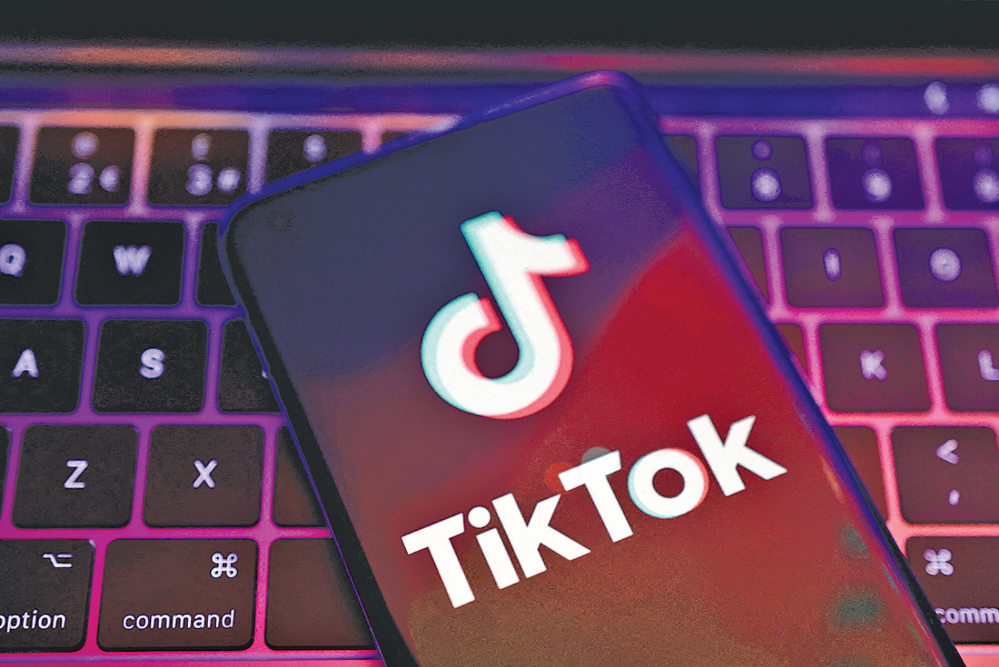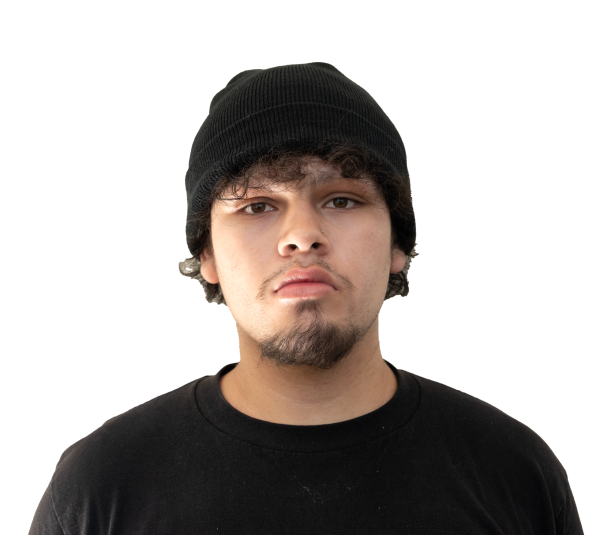TikTok narrowly avoided a permanent U.S. ban once again after last-minute negotiations led by President Donald Trump resulted in another extended the deadline, pushing a decision to June 19 and leaving millions of American users in continued uncertainty over the platform’s future.
Originally pulled on Jan. 19 due to national security concerns over its China-based parent company ByteDance, TikTok’s fate remains uncertain, exposing the messy overlap of politics, privacy and digital culture.
Trump has said that his administration is close to a deal, referencing a number of companies, including Amazon, Oracle and even YouTuber MrBeast, who are with various groups that are interested in purchasing the company’s U.S. operations concerns.
When ByteDance initially refused to sell, the app was briefly removed from app stores and shut down in the U.S. on Jan. 205.
Hours ahead of the ban time, TikTok shut down with a brief message.
“Sorry, TikTok isn’t available right now,” the app read. “A law banning TikTok has been enacted in the U.S. Unfortunately, that means you can’t use TikTok for now.”
But the shutdown was short-lived. On Jan. 20, Trump issued an executive order postponing the ban for 75 days. Then, just before the April 5 expiration of that extension, he signed a second executive order giving TikTok 75 more days , pushing the new deadline to June 19. He announced the extension on Truth Social, writing, “We do not want TikTok to ‘go dark.’”
While officials cite security risks, critics, like the American Civil Liberties Union (ACLU), argue that the ban limits free expression.
Many opposed to the ban, like the ACLU, believe that removing the platform would stifle innovation and limit freedom of expression, while supporters of the ban emphasized the need to prioritize national security over digital entertainment. President Trump even suggested that he would consider reducing tariffs on China if the country approved a sale of TikTok’s U.S. operations, highlighting the political complexity surrounding the issue.
From viral dance trends, to educational content and small business promotions, the app has become an essential part of digital culture, particularly for younger generations. TikTok’s millions of users across the globe have embraced the platform as a space for creativity, entertainment and even career-building. As a result, banning the app may harm digital creators and businesses that rely on the platform for engagement and revenue.
Many influencers, like content creator Anna Brown, rely on ‘TikTok’ as a primary source of income, making the ban a significant social and economic disruption.
Small businesses were harshly affected, as many, like TikToker Mallory Leblanc, founder of Wildpier Beauty, relied on TikTok to reach customers without spending a ton of money on ads.
As a result, millions of users expressed anger to see that their favorite platform for entertainment, creativity and even income had suddenly disappeared.
Frequent TikTok user and college student Bryan Grempel described his sentiments regarding the ban.
“I was really upset when I found out TikTok would be getting banned because it’s my favorite app,” Grempel stated. “I use it to watch funny videos, learn new things and even connect with friends. The idea of it just disappearing is scary.”
He further explained that he felt the ban was unnecessary.
“I get why people were worried about privacy, but I don’t think banning the whole app was the right move,” he added. “It felt like it was more about politics than actually protecting us. There are probably better ways to handle security without taking away something so many people enjoy.”
“Welcome back! Thanks for your patience and support,” a message on the app read, following the delay of the ban’s enforcement. “As a result of President Trump’s efforts, TikTok is back in the U.S.!”
While the ban caused stress for many users, its reversal proved that there are ways to solve problems without taking away the things people love.
Negotiations have intensified since January. While ByteDance initially resisted selling, reports now suggest that China’s stance may be softening. With the new June 19 deadline approaching, hope remains for a last-minute say that avoids a full shutdown.
The Supreme Court has already upheld the law that bans TikTok unless it is sold, and the pressure is on. . But for now, TikTok remains accessible, but unless an agreement is reached soon, the app’s future remains uncertain.
This article originally appeared in the Fall 2024 print edition.




